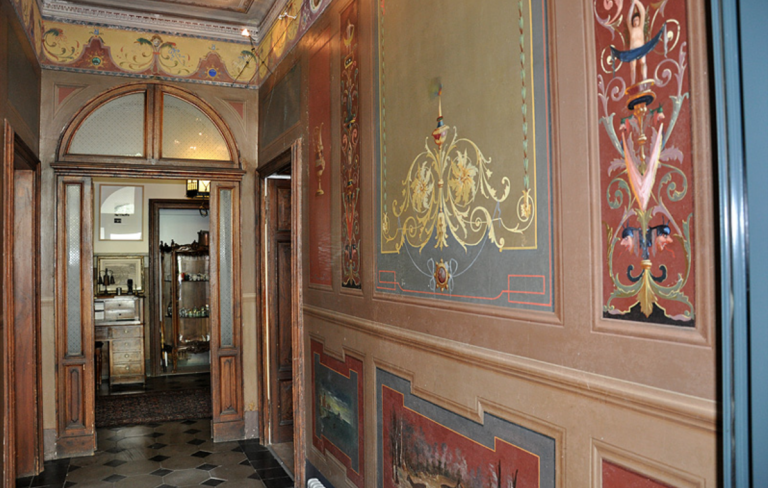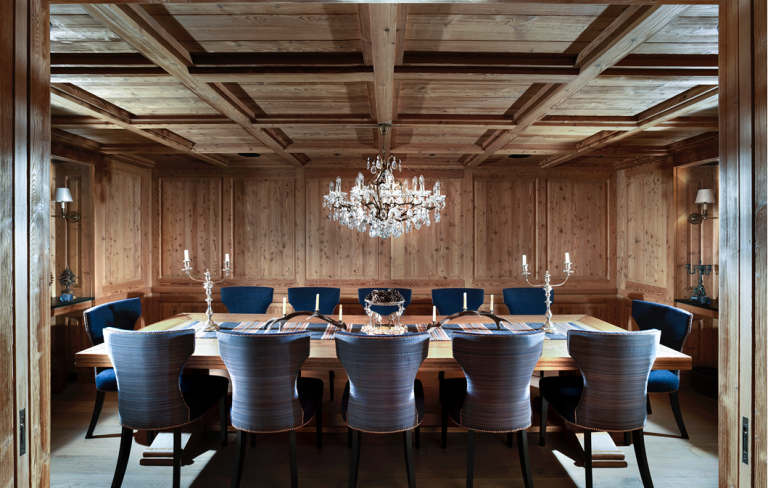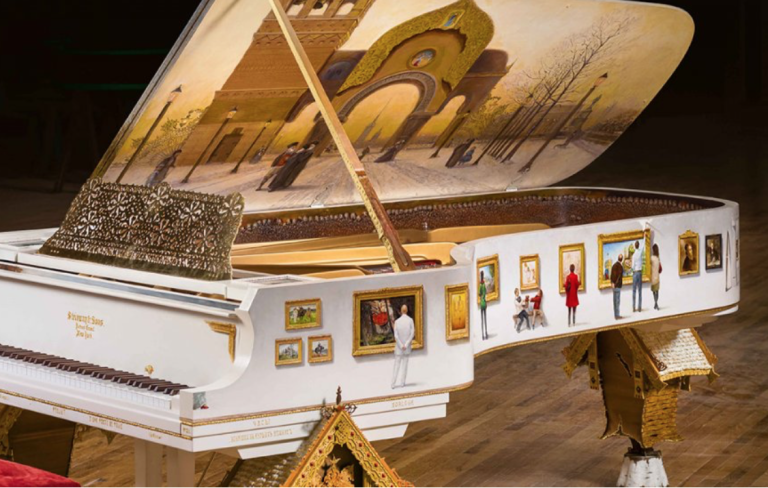Vermouth is a classic that many people don’t realise. If you ask someone here if they would like a vermouth, many people simply think of it as wine flavoured and infused with herbs, fruits and spices. Luxury Defined, the online magazine from Christie’s International Real Estate, makes it clear that Vermouth is the name for “a cocktail classic that never goes out of style”. In its recently published article the magazine writes: “It may be viewed as an old-fashioned aperitif—perhaps the most old-fashioned in the bartenders’ canon—but a modern trend for classic drinks has made vermouth the hottest item in the cocktail cabinet this year.”

Whether it’s red in a negroni, white in a martini, or amber for sipping, vermouth is riding a wave of popularity in 2024 as the craze for classic cocktails continues to build. Image: Making Pictures
And continues: “For years relegated to the status of an oddity at the back of the cocktail cabinet, vermouth is back in the drinks spotlight and, according to many analysts, is the fastest-growing category on the wine and spirits shelf.
Worth $11.5 billion in 2022, the global market for the fortified wine—which has evolved over centuries from medicinal tonic to aperitif before finding new life as an essential cocktail ingredient—is set to more than double in value as a category before the decade is out.“
Once strictly red or white, vermouth now comes in subtly amber-colored expressions, which serve a different set of taste buds. And the industrial giants who dominate the market are increasingly being challenged by artisanal competitors, who are exciting mixologists with their unique blends of locally foraged herbs and spices.
Spiros Malandrakis, who follows liquor trends worldwide as head of global research in alcoholic drinks for market analysts Euromonitor, believes that nostalgia is at play and driving demand for vermouth of all shades. “People have always wanted to drink what their grandparents drank. Today, that’s classic cocktails—and wherever you have cocktails, there’s vermouth.”
James Bond, who put white vermouth on the map in his martini: shaken, not stirred or, in other words, iced but without ice, is certainly partly responsible for the revival of cocktails with vermouth. And this is how it’s made: pour 5 centilitres of vodka, 1 centilitre of Vermouth Dry, a few ice cubes and 1 olive into a shaker and mix well, strain into a martini glass without ice and add the olive.
The Mysterious Art of Making Vermouth
The process of making its vermouth is a closely guarded secret, but a sense of the alchemy involved can be felt at the Noilly Prat distillery in Marseillan in the south of France. Here, the descendants of herbalist Joseph Noilly, who invented a pale dry version to please French palates, started producing its white vermouth in 1859. The mistelle—the mature distillation of Muscat grapes to which young wine infused with herbs and spices is added to create new vermouth—is kept in huge casks in a vast hall, which visitors can enter by appointment.
Pass through the courtyard beyond the hall, where dozens of barrels of Picpoul grapes—Noilly’s favorite local varietal as the base for its vermouth—are gently oxidizing in their year-long herbal bath, and you enter the darkened chais (an above-ground storage building for wine) where the real magic takes place. Here, there are sacks of flavorings to supplement the artemisia (a more romantic name for wormwood), including nutmeg, lavender, chamomile, bitter orange, and even cacao, as well as gentian and vanilla.


